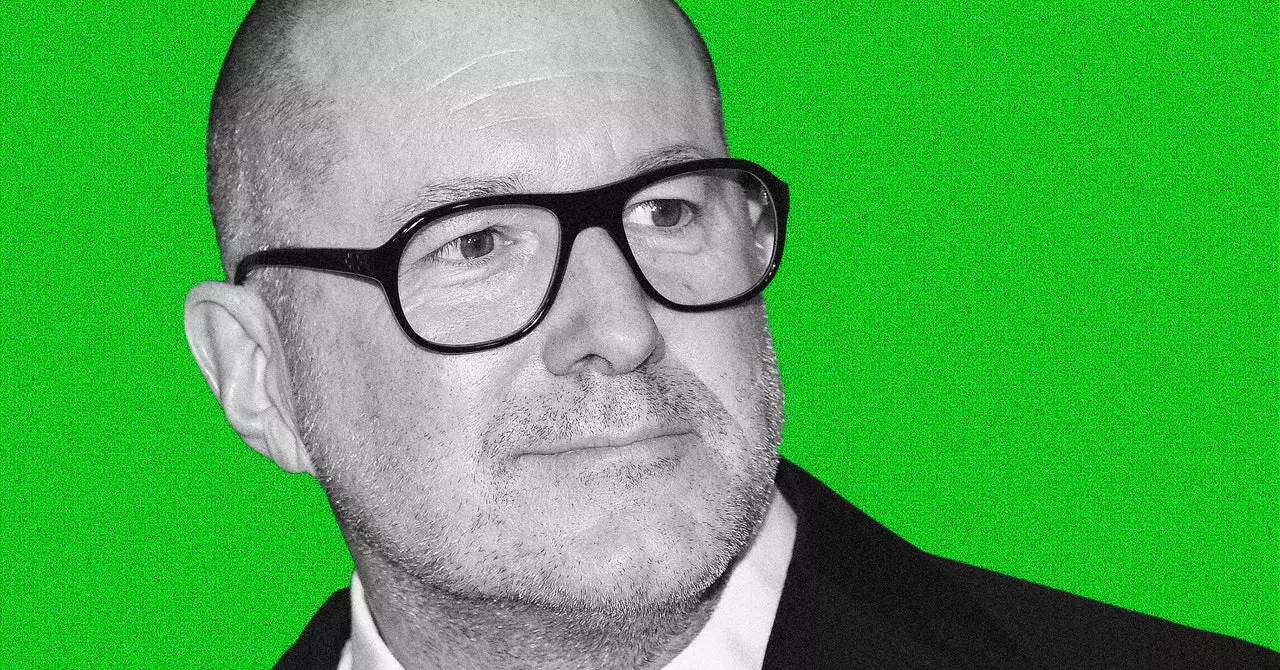The rapid evolution of technology has given rise to various concepts, including ambient computing, ubiquitous computing, and the Internet of Things (IoT). While these terms can often evoke skepticism about privacy, convenience, and the erosion of human interaction, they also hint at a promising future where technology is seamlessly integrated into our lives. The bold assertion here is that instead of feeling disheartened by these advancements, we should embrace the idea that technology can provide tangible solutions to real human issues.
One of the driving forces behind innovative technologies like the Moxie companion robot, ElliQ elder care, and the Happiest Baby robotic bassinet is the commitment to fulfilling specific human needs. Industrial designer Yves Béhar, who has been closely involved in these projects, emphasizes the importance of embedding smart technologies directly into physical products, as opposed to relying solely on smartphones or other personal devices. This approach shifts focus from personal screens to the actual objects we interact with daily, enabling a more intuitive and less disruptive engagement with technology. By crafting experiences that feel less invasive and more magical, designers can enhance the user experience without contributing to the social isolation often exacerbated by mobile device usage.
From Aesthetic to Functional: Reimagining the Role of Design
A key part of this redesign of our technological landscape involves rethinking the role of design itself. Design is not just about aesthetics; it should also encompass functionality and emotional connection. Recent thoughts from influential figures in the design community, like Sir Jonathan Ive during a graduation ceremony at the Royal College of Art, underscore the necessity for innovative figures to synthesize the fragmented landscape of technological experimentation in recent years. As he reflects on the need to merge diverse inputs—from voice agents to olfactory sensors—it becomes clear that a holistic approach in design can lead us to imaginative solutions that enhance our everyday interactions with technology.
The Future of Technology: Echoes of the iPhone
The contours of an emerging technological landscape are vivid, especially with whispers of an “iPhone of AI.” The term suggests the formulation of an iconic device that democratizes access to sophisticated technologies, similar to how the iPhone transformed cellular communications. The potential for creating powerful, user-friendly interfaces that enhance daily life without overwhelming users is critical. Both Stephen Green and Ive hint at a future where technology serves as a facilitator rather than an additional source of distraction. This could usher in a new era, one that encourages mindful engagement over compulsive screen time.
There’s a growing undercurrent of discourse surrounding our over-reliance on screens and the social and psychological consequences that accompany it. Statements from industry leaders, including Jony Ive, reflect a recognition of the burden borne by users—especially the younger generation—rearing themselves in an age of screens. With the rise of awareness regarding mental health issues linked to excessive screen time, an alternative approach is emerging. Innovators like Anjan Katta, founder of Daylight, advocate for technology that prioritizes user health, offering solutions that recognize the detrimental effects of elements such as blue light and constant notifications.
A Vision of Holistic Technology
The path toward an eco-conscious and human-centered technology landscape is paved with opportunities for innovation that transcends mere convenience. By prioritizing emotional intelligence, user experience, and health, designers and engineers can engineer avenues for technology that not only enhance lives but also diminish detrimental dependencies. The conversation surrounding design and technology is evolving, encouraging us to rethink not just what we create but why we create it. There’s a strong call for a future where technology serves as an enabler, fostering meaningful human experiences rather than contributing to disconnection and anxiety. As we navigate this new territory, the collaborative efforts of visionary thinkers will undoubtedly be essential in shaping a brighter, more connected future.

